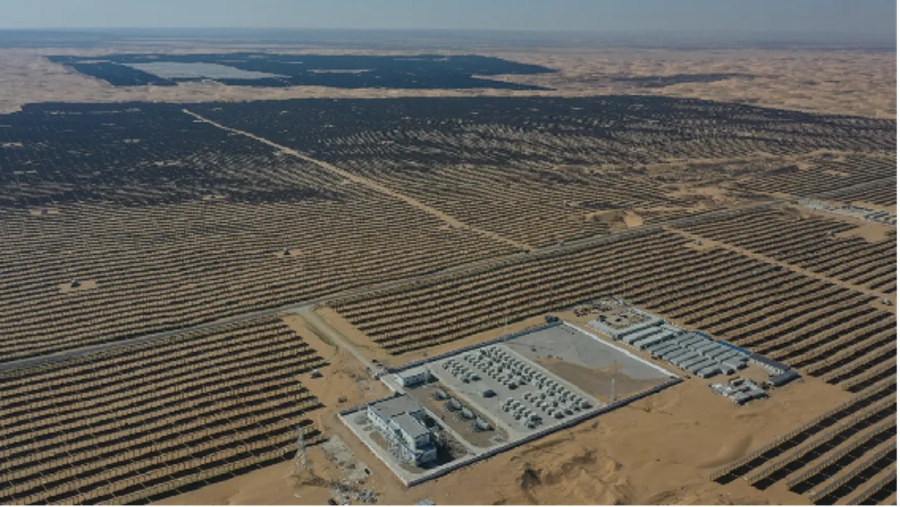Fraunhofer IEE develops simulation tools for hybrid storage systems design

Supercapacitors, also known as supercaps, can absorb and provide a lot of power in a very short time without affecting their lifespan. However, their energy density is low, so their capacity is quickly exhausted. Lithium-ion batteries, on the other hand, have a high capacity, but do not cope well with short-term load peaks. This is because heat stress occurs, which causes them to age more quickly.
In many applications – for example in electric transport and construction machines – it can therefore make sense to combine both storage technologies: batteries for continuous operation, supercapacitors for peak loads such as recuperation, i.e. recovering braking energy. However, it has so far been difficult to reliably predict how coupling with a supercapacitor will affect the service life of the battery. This makes it difficult to decide on such a system and also its design.
In the “SukoBa” research project, the Fraunhofer Institute for Energy Economics and Energy System Technology IEE has now developed simulation tools for such hybrid systems with its partners Skeleton Technologies and AVL. The core of these is a degradation model for predicting battery aging, which is based on the BaSiS simulation environment developed by the Fraunhofer IEE. With its help, the service life of batteries in hybrid storage systems can be increased by up to 20%, the research project shows.
“Our toolbox provides meaningful data that potential users can use to make a secure decision for or against combining the two technologies,” says project manager Wei Wei Shan from Fraunhofer IEE.
Accurate predictions of battery aging
The degradation model developed in the project makes it possible to analyze different configurations and control algorithms in order to find the best combination of supercapacitors and batteries in terms of lifetime and cost for a specific system design and different operating scenarios.
To do this, the model simulates, among other things, the behavior of the battery in a hybrid system under realistic operating conditions. From this, the software derives an exact prediction of its aging – the prerequisite for extending its service life through the precise design of the hybrid system and customized control strategies. The tool can also be used to determine whether and, if so, to what extent the size of the battery in such a system can be reduced in order to save costs.
According to Fraunhofer IEE, the toolbox is designed to be so flexible that new trends in batteries, supercapacitors and power electronics can be taken into account.
Expert web session on hybrid storage systems
The degradation model is based on the BaSiS (Battery Simulation Studio) software developed by Fraunhofer IEE, a simulation environment for dynamic processes and aging effects of electrochemical energy storage devices. BaSiS is used in the development, testing and optimization of cells, batteries, packs, components and management systems in the mobile and stationary sectors.
The BaSiS model must be parameterized for the battery technology used in order to be able to provide reliable predictions. The Fraunhofer researchers derive the parameters of the battery model from design data and experimental measurements of battery cells, regardless of the battery manufacturer.
On September 19, 2024, the Fraunhofer IEE is organizing an expert web session on the topic of “Hybrid storage systems – reliable forecasts of battery aging” from 2 p.m. to 4 p.m. in collaboration with Fraunhofer ENIQ. During the session, a design tool for the development of hybrid energy storage systems will be presented, among other things.
From pv magazine Germany













